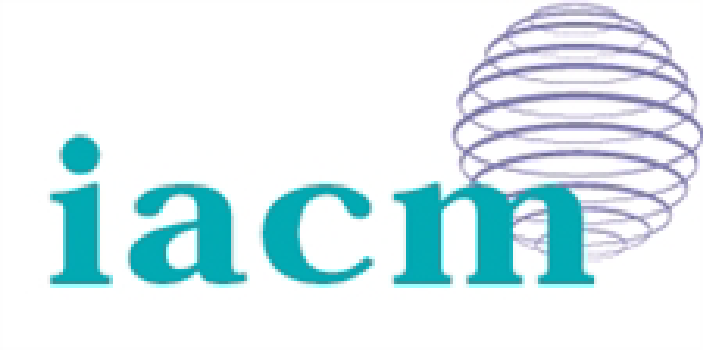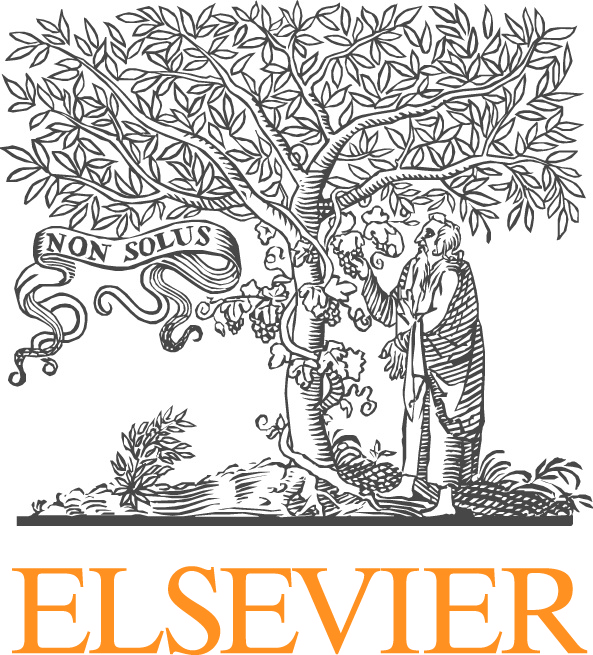Maria Holland, University of Notre Dame
Johannes Weickenmeier, Stevens Institute of Technology
Adrian Buganza Tepole, Purdue University
Computational biomechanics research relies on a broad range of imaging modalities to visualize and measure the mechanical behavior of biological tissues. Increasing fidelity of computational models and multiscale modeling of tissues is possible because of improvements in image resolution across scales. New imaging modalities and novel application of existing technologies have also enabled the investigation of tissues in their in vivo physiological state, as well as quantification of growth and remodeling processes. Imaging methods used in biomechanics research include magnetic resonance imaging, computed tomography, ultrasound, optical coherence tomography, digital image correlation, and various microscopy modalities. Imaging data thus provides the geometry indispensable for the generation of any realistic computational mechanics model. It also enables measurements of the changes in the geometry - elastic strains or permanent deformations - that occur during tissue development, regeneration, aging and disease. In combination with other measurements such as forces, and an increasing understanding of the physics at individual length scales, imaging data plays a fundamental role in the development of validated and predictive constitutive models for biological tissues at the cell, tissue, and organ levels.
In this minisymposium, we solicit contributions that describe advances in computational biomechanics that are informed by or based on innovative use of imaging modalities across the scales. We are particularly interested in interdisciplinary efforts of basic and clinical scientists, biophysicists, engineers, and mathematicians that jointly address the most important challenges and trends in imaging-based modeling of biological tissues.







